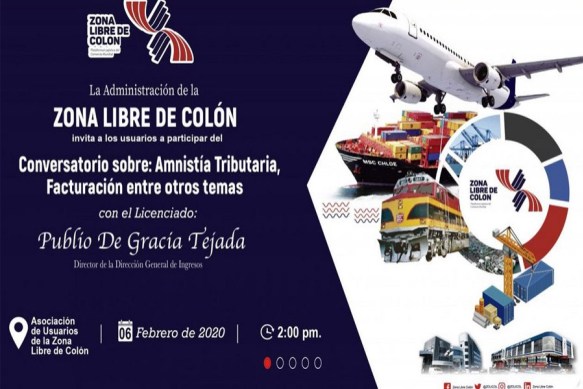Europe and Panama Grant Multiple-Entry Visas for Cubans
Buying supplies abroad is one of the main reasons Cubans living in Cuba travel abroad.
By IPS Cuba

HAVANA TIMES – Amendments that have recently come into force lighten the redtape relating to visa applications for travel to the European Union (EU) and Panama, which benefit family ties and the many Cubans who turn to “shopping tourism”.
New procedures open up travel alternatives for the Cuban population at a time when the US government has limited direct and charter flights operated by US airlines to Havana only, and still hasn’t reestablished consular services in the Cuban capital.
Stamped visa for Panama
On February 4th, the Panamanian Embassy in Cuba modified some points on its website relating to the application for a Stamped Visa which allows for multiple-entry over a five-year period.
The possibility of using accounts in both US dollars (USD) and Cuban Convertible Pesos (CUC) as a bank guarantee, particularly stood out.
There was also a new application form for the tourist visa, which is a lot simpler.
On January 27th, the fifth round of Migration Talks between Panama and Cuba was held in Panama City.
“Regarding stamped visas and tourism cards, the possibility of signing an agreement is currently being analyzed, together with the Colon Free Trade Zone, so that Cuban tourists and business owners can enter Panama more easily and thereby get rid of the tourism card once and for all, so they only need the Stamped Visa,” the National Migration Service announced in a press release.
In October 2018, Panama introduced the so-called “tourism card” which allowed Cuban citizens (mostly business owners) living on the island to enter and stay in the country for up to 30 days without a visa, paying 20 USD, so they could buy supplies.
In March 2019, the Panamanian government announced that Cubans with a tourism card would still need a stamped visa, and in July it announced that tourism cards would no longer be issued.”
The Colon Free Trade Zone Association of Users immediately rejected this measure, claiming the negative economic impact this would have on the greatest free trade zone in the continent.
Weeks later, the media highlighted the interest Panamanian business owners have in travel permits being granted to Cubans again as soon as possible, after reporting a 13% drop in sales at the Free Trade Zone.
Imports to Cuba purchased in the Colon Free Trade Zone amounted to $355.5 million USD in 2018, it reported on October 16, 2019, in a public statement made to the Trade Emporium Administration.
Official statistics show that Cuban purchasers represent 40% of the 57,121 tourists who arrived at the Colon Free Trade Zone between January and July last year.
[Editor’s Note: With virtually no wholesale markets in Cuba and an acute shortage of many products, shopping abroad has been commonplace for many years for some business owners. The added cost of the travel, customs fees and bribes, is paid for by consumers.]
Schengen Visa
On February 2nd, a new European Union Regulation came into force which established that procedures and conditions for granting visas to nationals from 105 countries, including Cuba, who travel to the 22 countries that make up the Schengen Area, and its four associate members (Iceland, Liechtenstein, Norway and Switzerland).
Authorities recognize that the decision seeks to facilitate “the visa application process for legitimate travelers to come to Europe, which will encourage tourism, trade and business,” as these sectors play “a key role in the European economy.”
Thanks to new regulations, travelers will have access to a much simpler and easy-to-use visa application process.
In the case of Cuba, one of the greatest advantages of the new process is that Cuban nationals are now able to apply for a multiple-entry visa which is valid from a year to up to a maximum of five.
It explains that “only people with a positive visa history will be granted a multiple-entry visa valid for the longest period,” which will allow title holders to travel to the EU during the stipulated period, as well as saving time and money, as they won’t have to apply for a new visa so often.
One of the advantages of a long-life and multiple-entry Schengen Visa lies in the possibility of using it to visit countries such as Panama, Mexico and El Salvador, without having to apply for these countries’ own visas.
Electronic applications are another significant change, which aims to stop traffic at European embassies.
Visa applications can be submitted from six months before the planned trip (nine months for travel by sea), instead of the three months stipulated in the past, and up to 15 natural days before a trip to the Schengen Area.





